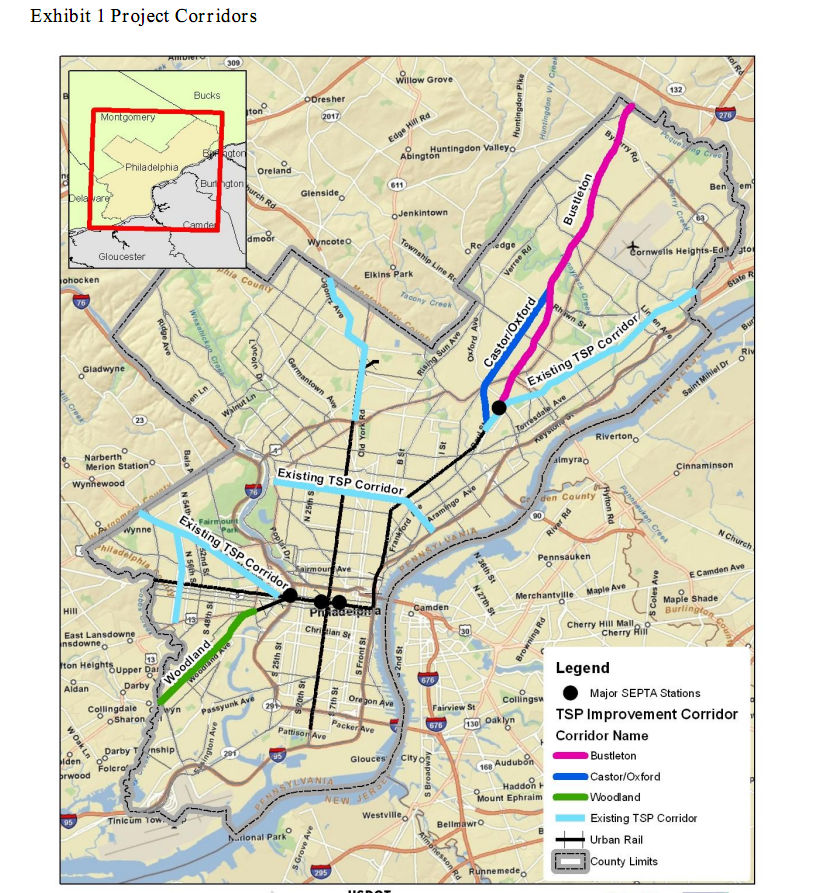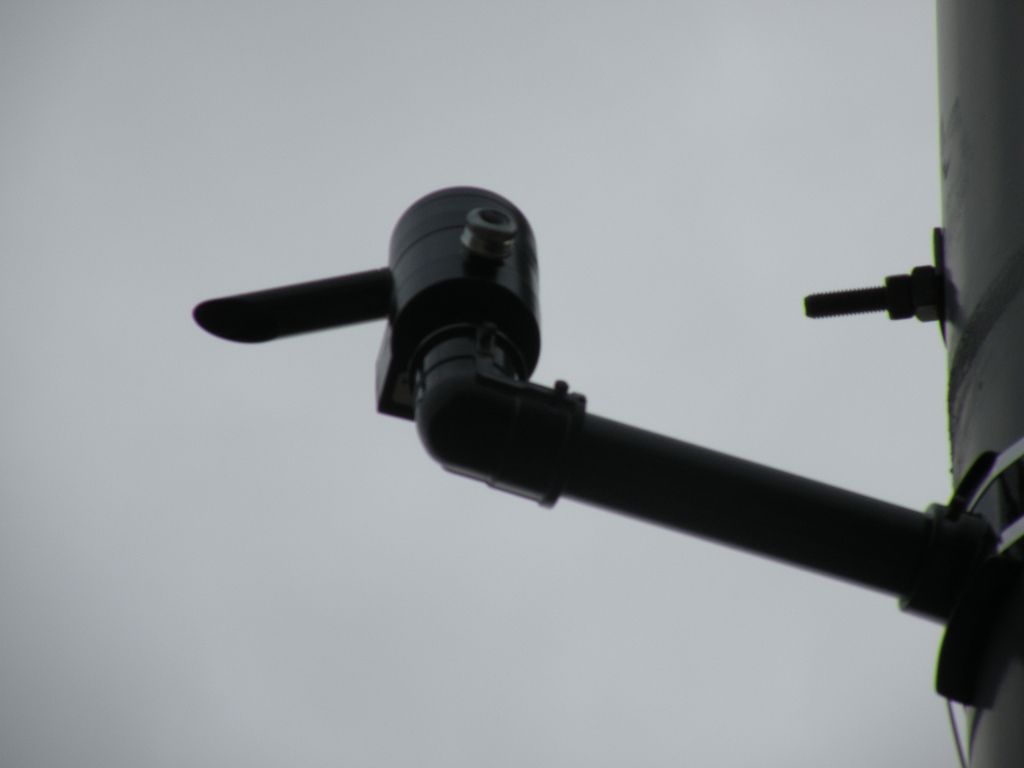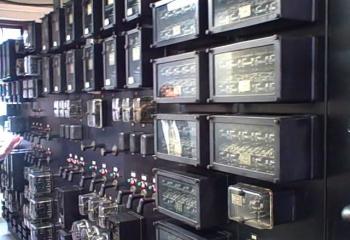City wants feds to help pay for smarter signals on busy routes
The city is gunning for a $16 million federal stimulus grant to help implement transit signal priority systems on three heavily traveled SEPTA routes.
The grant would cover half the cost of implementing the systems, which extend green lights for approaching SEPTA vehicles and are meant to speed transit trips.
The grant would cover half the cost of installing the systems along trolley Route 11, operating in West Philadelphia, and bus routes 58 and 59, which serve the Frankford Transportation Center.
SEPTA and the city have already received a $3.2 million Federal Highway Administration grant to install the systems on four bus routes. Older systems are already in place on several other routes and are in the process of being updated.
The Pennsylvania Department of Transportation has pledged $10 million toward the program ― dubbed Improving Mobility for Pedestrians Cars and Transit, or IMPaCT ― with the city proposing to provide $4 million and SEPTA agreeing to kick in $2 million.
The project would replace more than 100 traffic controllers that date back to the 1950s with ones that are connected via fiber optic cable to the city’s new traffic control center. New curb cuts would also be constructed.
The funds would come from a third round of competitively bid Transportation Investment Generating Economic Recovery, or TIGER, grants, which is providing more than $500 million for transportation improvements nationwide.
Nine million dollars in local and state funding has already been programmed for the transit signal projects.
Earlier rounds of this funding program provided $23 million to help complete segments of a regional bicycle trail network and $15 million toward the reconstruction of Dilworth Plaza, where work is set to begin in November.
SEPTA had unsuccessfully tried to win a grant through the program to help pay for the implementation of the new fare collection system.
Grants this round will be between $10 million and $100 million ― though the city hopes the high local match will make it more attractive for federal funding.
Andrew Stober, chief of staff of the Mayor’s Office of Transportation and Utilities, admitted that a transit signal priority project might not be the “sexiest” but said that it “hits the high notes” on the types of projects TIGER is meant to fund.
TIGER was established to help fund projects the traditionally have difficulty winning federal funding through conventional programs and focuses on innovative projects that require cooperation between different government agencies and restore transit systems to a state of good repair.
He pointed out that about 90,000 riders a day use these three routes and that any increased transit time could be significant. Previous transit signal prioritization projects have yielded travel savings of 7.9 percent. Stober also said that automobiles should see improved traffic flow with installation of the signals.
“We get a lot of attention for painting just a few bike lanes, where really what we’re doing here is taking a far more comprehensive approach,” he said.
If the city wins the grant, the transit signal systems should be in place by the end of 2014.
SEPTA spokesman Andrew Busch said that the authority supports the city’s efforts.
The transit agency is also seeking a $20.4 million TIGER grant to help pay for the reconstruction of the Wayne Junction power substation. The antiquated substation is frequently trotted out by SEPTA as an example of why it needs increased funding.
Failure of the substation, which dates back to 1931, would force SEPTA to heavily curtail service along the northern part of the regional rail system, affecting 18 million trips annually.
PennDOT has pledged $4.9 million for the project, and SEPTA has agreed to provide $165,000 from its capital budget to help provide a local match for the $25.5 million project.
Additionally, both the city and Center City District submitted a proposal for a $14.3 million grant to pay for proposed pedestrian and bicycle improvements along West Market Street and John F. Kennedy Boulevard in Center City.
The Center City District has been pushing to redesign the streets, and a successful test involving closing a lane of traffic on each street was conducted in October.
The Water Department has pledged $2 million worth of stormwater improvements to the project, and a combination of city and Center city District funds would provide an additional $4.1 million in local match, bringing the total project cost to $20.4 million.
The U.S. Department of Transportation is likely to pick, at most, one of these projects to receive funding.
Contact the reporter at campisi.anthony@gmail.com
WHYY is your source for fact-based, in-depth journalism and information. As a nonprofit organization, we rely on financial support from readers like you. Please give today.









